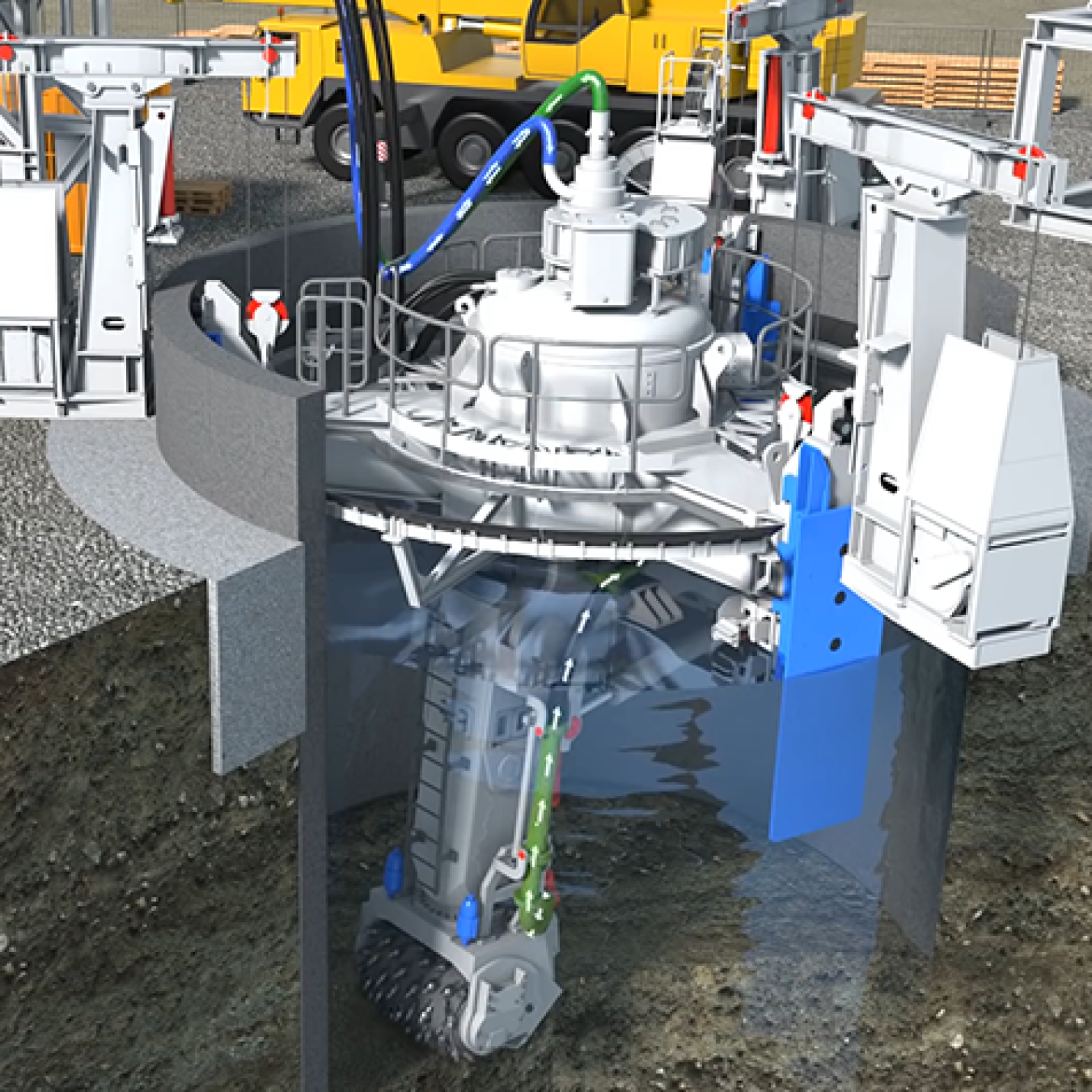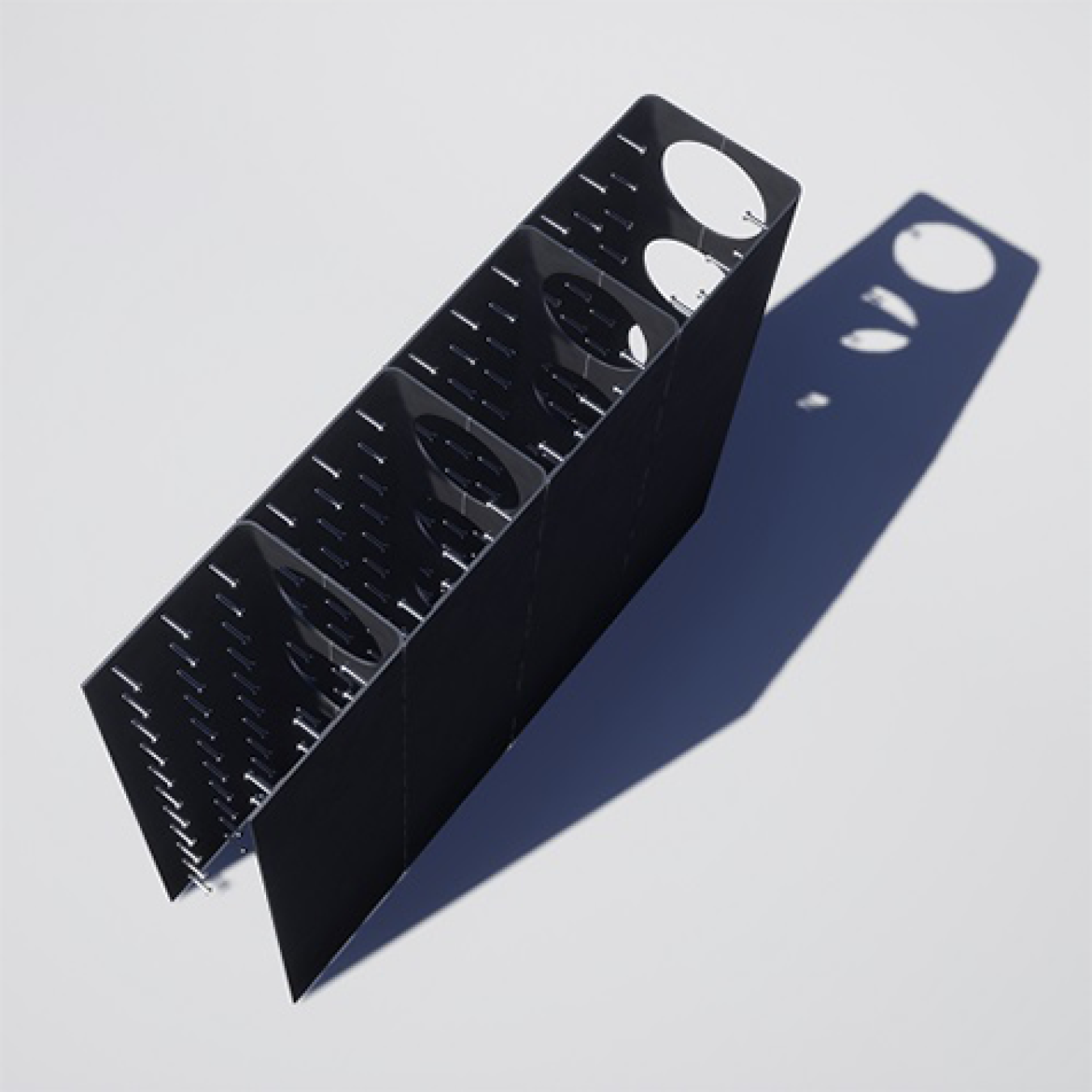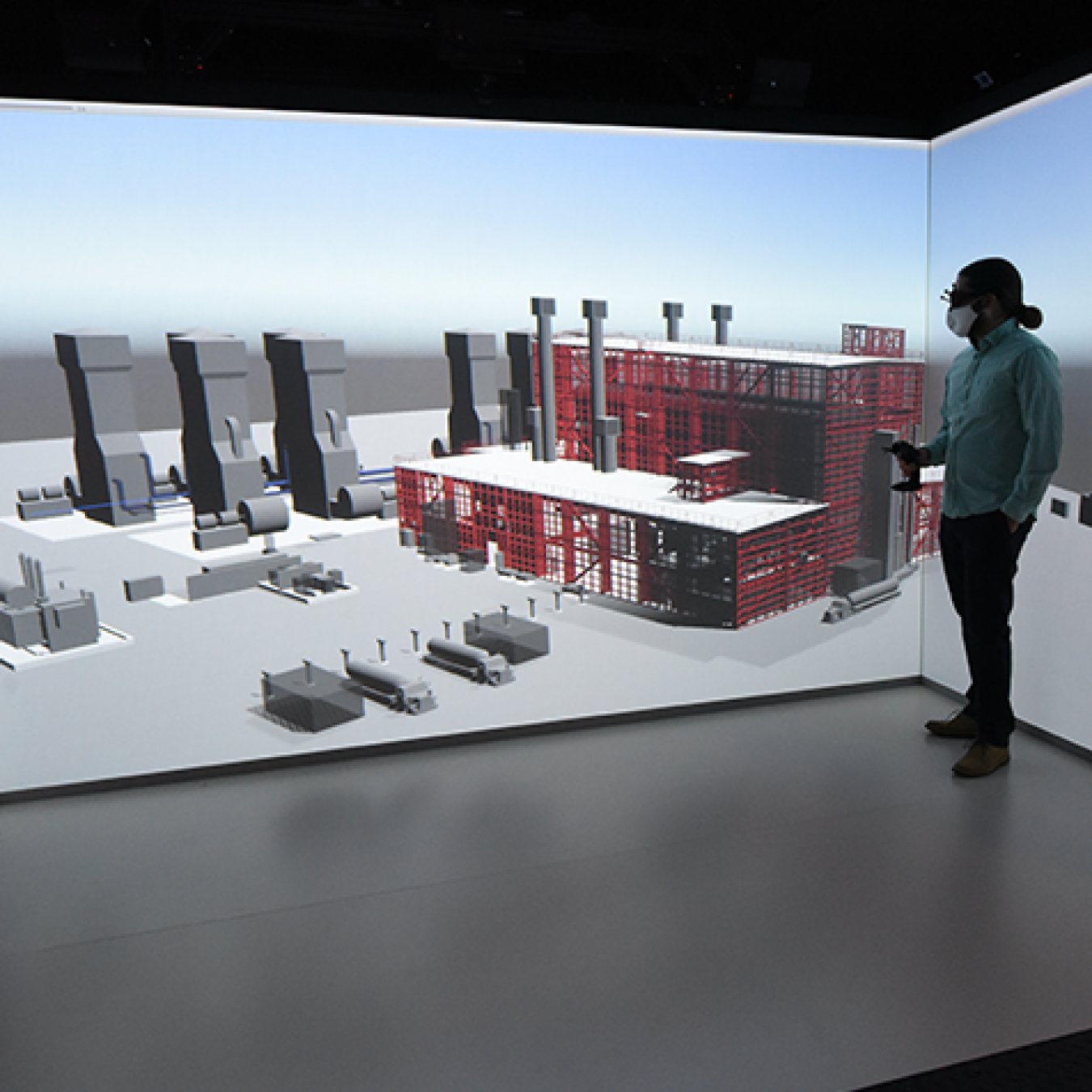The U.S. Department of Energy is launching an initiative through the National Reactor Innovation Center (NRIC) that I’m deeply passionate about. It’s going to transform the nuclear energy industry without even splitting a single atom.
There’s a lot of buzz around advanced reactors, and for good reason. They offer enhanced versatility, promise to be cheaper to build and operate, and can help put us on a path to achieving net-zero emissions by 2050. But the fuel design or coolant type won’t be the key cost-driver.
It will all come down to construction and project management—areas that have plagued the industry for decades.
For advanced nuclear energy to realize its potential, we have to make it more affordable and scalable. Only then can it meaningfully contribute to our energy, security, and environmental imperatives.
That’s why NRIC will be working with GE-Hitachi Nuclear (GEH) and other key stakeholders on the first project of the Advanced Construction Technology (ACT) initiative. The goal of this cost-shared public-private partnership is to help demonstrate several technologies that, when combined, could reduce the construction costs of building new reactors by more than 10% and significantly lower the scheduling risks and uncertainties associated with them.
These technologies can be applied to a variety of advanced reactor designs. If we can help make them available to reactor developers by the 2030s, we can ultimately help improve the economics of deploying advanced reactors.
Vertical Shaft Construction

Illustration of vertical shaft sinking machine.
Vertical shaft construction leverages best practices from the tunneling industry and others to reduce the amount of excavation and need for engineered backfill after the structure is constructed. This could potentially save $50 million in project costs for a typical nuclear plant that requires one million cubic yards of excavation and significantly reduce its construction schedule. Vertical shaft construction is particularly applicable to advanced nuclear because many reactor plans call for below ground installation in order to achieve their passive safety and security attributes.
The initial phase of this project includes planning for the demonstration, as well as selecting the site and scale of the hole.
Steel Bricks

A number of companies are looking at steel-concrete composites as a possible option to build the major structural components of their nuclear facilities, including containments. The GEH-led team will further develop a promising technology known as Steel Bricks, which was developed by a company in Scotland. Steel Bricks has a number of advantages over traditional steel-composite techniques and could significantly reduce the amount of labor required on-site. The steel casings can be rapidly produced in factories during excavation then shipped to the site for faster installation. The modules can also be manufactured to have different plate material on either side of a wall to better meet certain corrosion requirements in nuclear power plants.
These construction systems have only been manufactured in rectangular form. The team will develop a rounded prototype for demonstration in the first phase of the initiative.
Advanced Monitoring and Digital Twins

Virtual representation of versatile test reactor.
Finally, for the first time ever as part of a simulated nuclear structure build, the team will combine several technologies to meet the construction and in-service surveillance programs required by regulation.
Advanced inspection techniques will be used to provide an “as-built” 3D model of the structure. The team will then use embedded sensors, 3D structural and geotechnical models, and software services that interact with the physical structure to create a virtual representation known as a digital twin. By combining the digital twin with seismic and stress-strain sensors, the group can actively monitor the structure during and after construction to better understand the integrity of the building. This can help solve or anticipate construction issues before they happen and allow for active monitoring of the facility throughout the lifetime of the facility.
Next Steps
This project will be conducted in two phases. The initial phase will focus on technology development and preparation for a small-scale demonstration. Pending the successful completion of the first phase and future appropriated funds, a second phase is planned to carry out the demonstration within three years of the award.
The ACT initiative is funded by NRIC, which is led by Idaho National Laboratory and was established by the U.S. Department of Energy in 2019 to enable and accelerate advanced reactor demonstration and deployment.
You can learn more about NRIC’s work.

